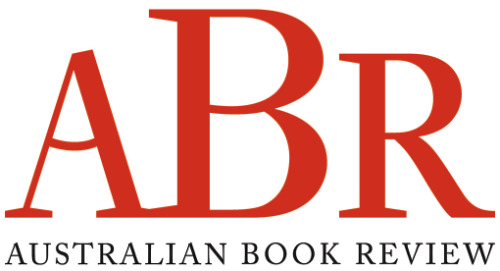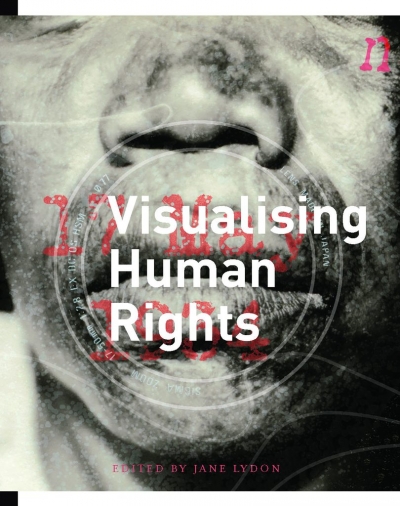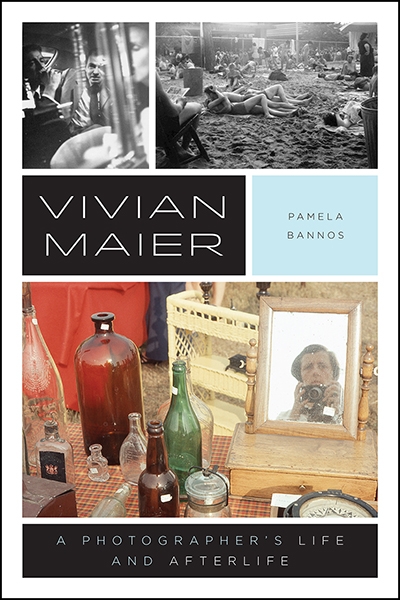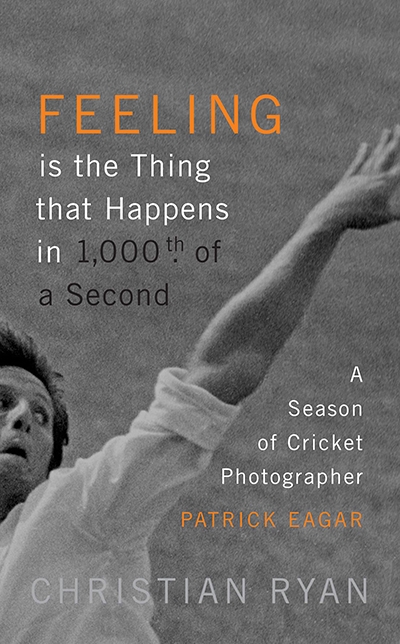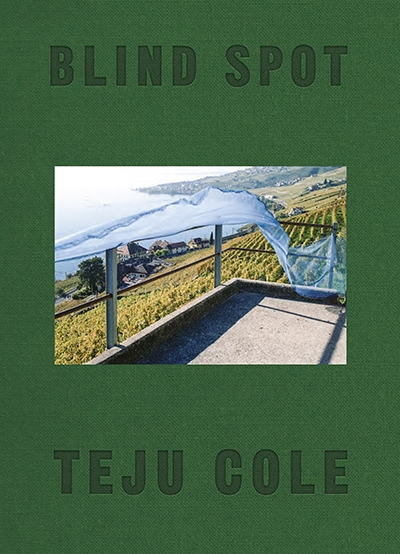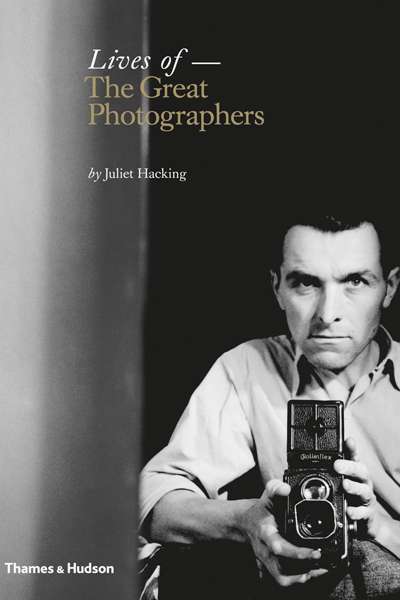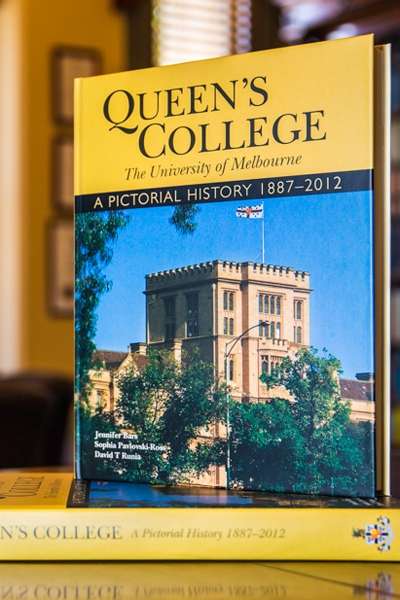Photography
Vivian Maier: A Photographer’s Life and Afterlife by Pamela Bannos
Feeling is the Thing that Happens in 1000th of a Second by Christian Ryan & Lillee & Thommo by Ian Brayshaw
Even young trees bear the signature of deep time, if not eternity. For most of humanity’s existence, men and women have looked upwards through trees, wondering at the tracery of their branches piercing the firmament, the domed lid of the earthly world. Recorded mythology confirms that trees have occupied that special place in every ancient belief system; rooted in ...
William Yang: Stories of Love and Death by Helena Grehan and Edward Scheer
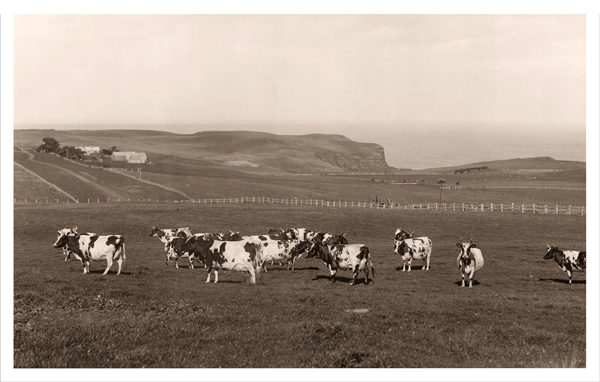
This photograph taken around 1890 shows what was done through over-clearing and grazing. Fifteen years ago, our property on the Mornington Peninsula featured two overused stock dams filled with opaque brown water. The muddy edges had no vege ...
As a freshwater ecologist, Alison Pouliot endeavours to understand the interplay of the processes that sculpt the Australian environment.
As an environmental photographer, she aspires to capture the intricacies and obscurities of these processes.
The insidious creeping nature of drought can sometimes lend itself more to images than words.
... (read more)